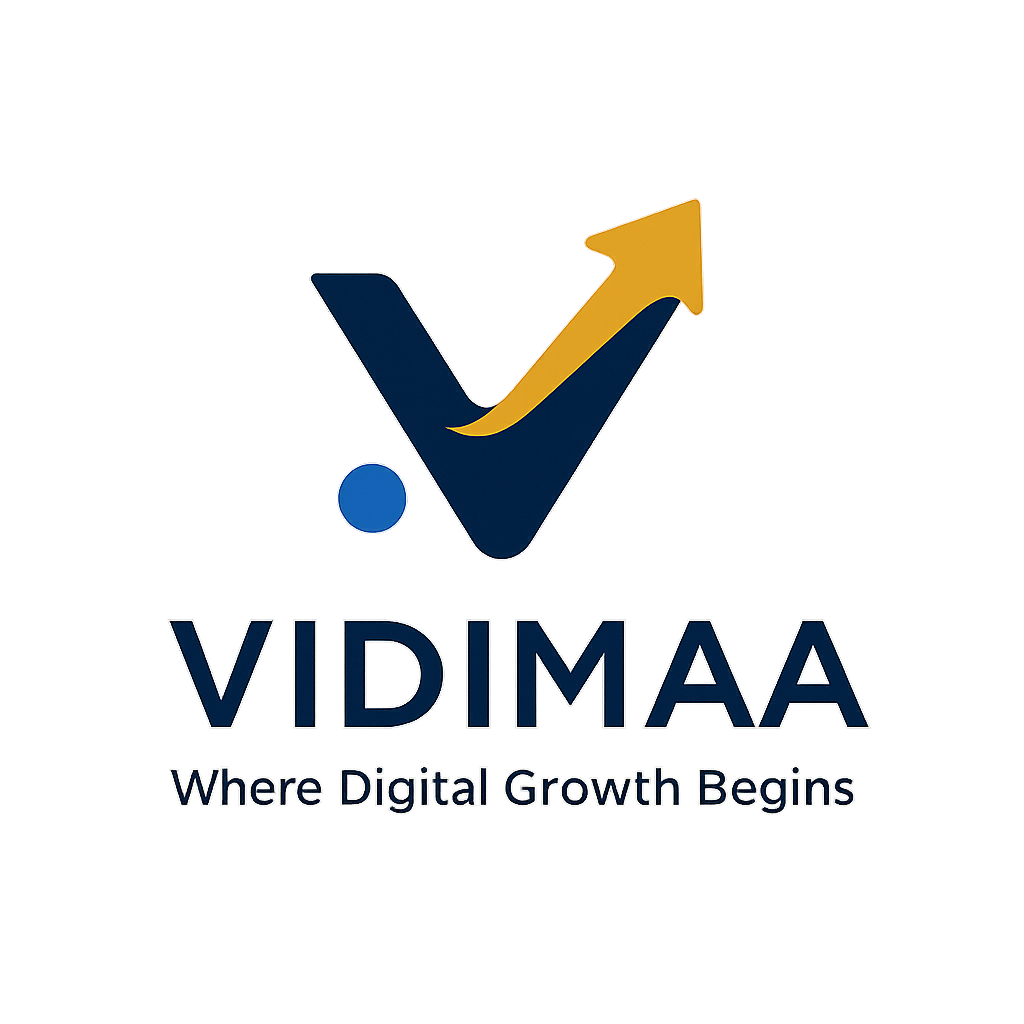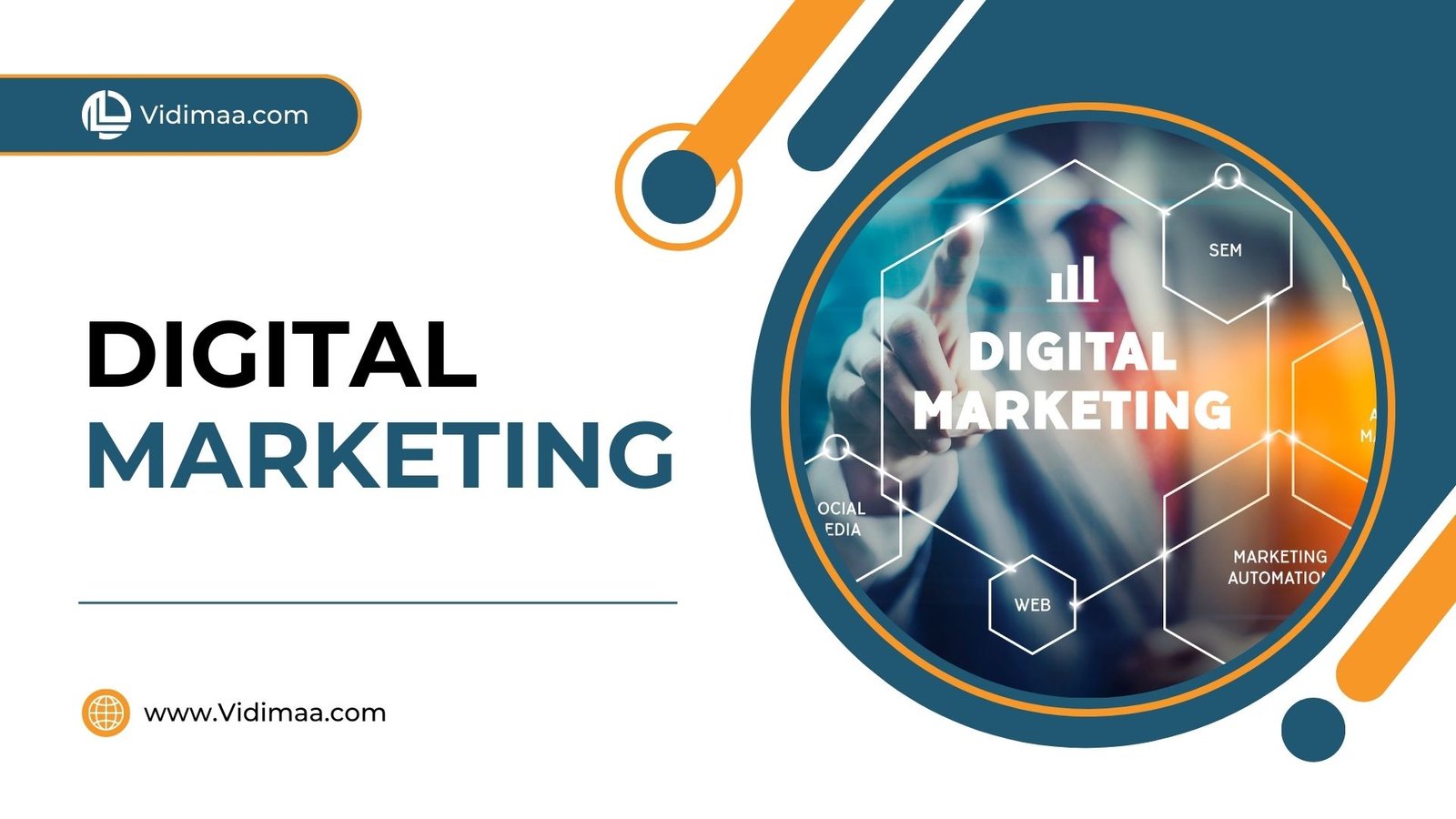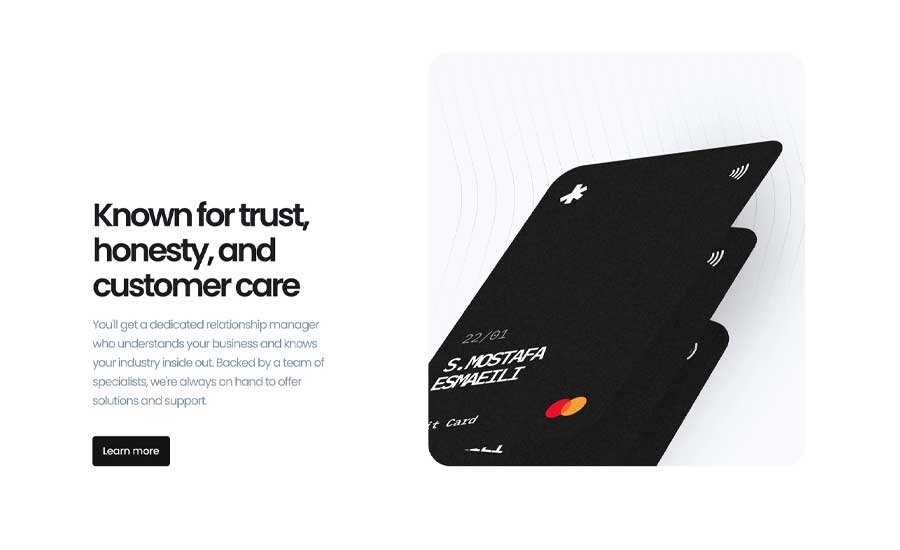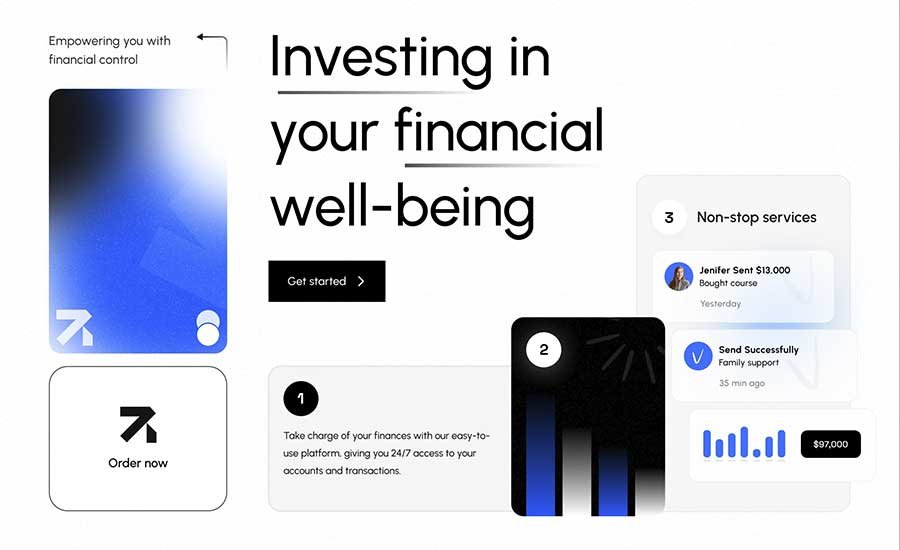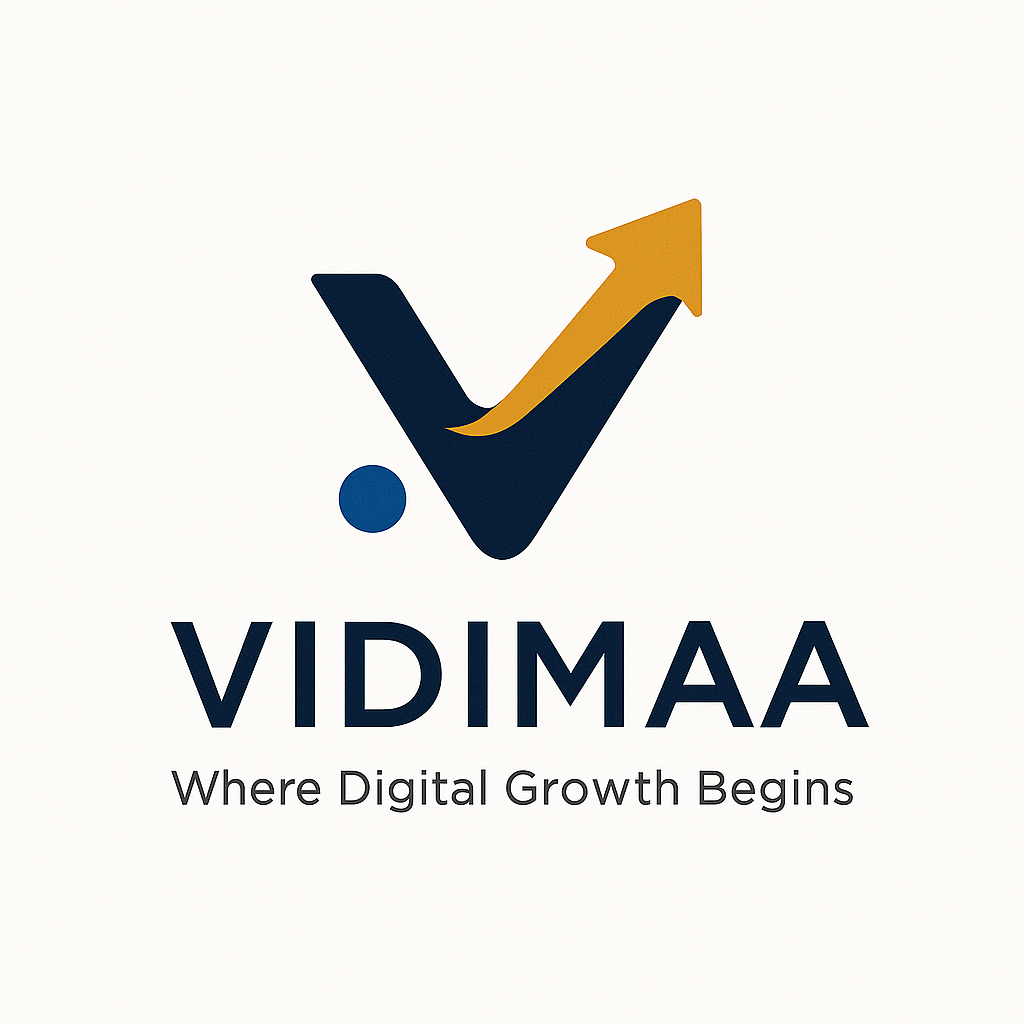What Is Digital Marketing? Full Details
Introduction
What Is Business And Marketing? A Simple Guide By Vidimaa
Running a business has always been about one thing—connecting with customers and making sales. Back in the day, companies relied on newspaper ads, TV commercials, and billboards. While these methods worked, they were expensive and hard to measure. Fast forward to today, and the way businesses reach people has completely changed.
Now, most of us spend hours online, scrolling through social media, searching for products, and watching videos. This shift has made digital marketing the go-to strategy for businesses of all sizes. Whether you own a small shop or a big company, understanding digital marketing can help you grow. Let’s break it down in simple terms.
What Is Digital Marketing?
In simple words, digital marketing is all about promoting products and services online. Instead of handing out flyers or paying for TV ads, businesses use websites, social media, search engines, and emails to attract customers.
Think about the last time you searched for a restaurant or a product on Google. The businesses that show up at the top? That’s digital marketing in action. It helps brands become visible to the right people at the right time.
Why Digital Marketing Matters
Today, before making a purchase, most people research online. In fact, studies show that 75% of users never go past the first page of Google search results. If your business isn’t there, you’re missing out on potential customers.
Here’s how digital marketing helps businesses:
- Attracts a global audience without spending a fortune.
- Allows direct communication with customers through social media and emails.
- Helps businesses track what’s working (and what’s not) using real data.
- Is often cheaper than traditional advertising.
- Creates personalized experiences, making customers feel valued.
Types of Digital Marketing (With Real-Life Examples)
1. Search Engine Optimization (SEO)
SEO is all about making sure your website appears on Google when people search for relevant keywords. It involves:
- Using the right keywords in your content.
- Making sure your website loads quickly and looks great on mobile.
- Getting links from other reputable websites (backlinks).
For example, if you own a pizza place and want to rank for “best pizza near me,” you need to optimize your website and local listings.
2. Pay-Per-Click Advertising (PPC)
Ever noticed the top results on Google with the “Ad” tag? That’s PPC in action. Businesses pay to display their ads, and they’re only charged when someone clicks on them.
PPC is great for:
- Getting instant traffic to a website.
- Targeting specific audiences based on location, interests, or behavior.
- Running time-sensitive promotions.
3. Content Marketing
Content marketing is about providing helpful, informative content that attracts customers naturally. This can include:
- Blog posts that answer common questions.
- YouTube videos that demonstrate how a product works.
- Infographics that break down complex topics.
For example, a fitness brand might create a blog on “10 Easy Home Workouts” to attract health-conscious readers.
4. Social Media Marketing
Businesses use platforms like Facebook, Instagram, and LinkedIn to:
- Share engaging content and updates.
- Connect with customers in real-time through comments and messages.
- Drive traffic to their website with promotions.
A clothing brand, for instance, might use Instagram Reels to showcase new arrivals.
5. Email Marketing
Email marketing is one of the best ways to keep customers engaged. Businesses send newsletters, special offers, and updates directly to customers’ inboxes.
For example, an online clothing store can send an email saying, “Hey, we noticed you liked this product. Here’s a 10% discount to grab it now!”
6. Affiliate Marketing
This is when businesses partner with influencers, bloggers, or websites to promote their products. The affiliate earns a commission for every sale they bring in.
Amazon’s affiliate program is a great example—bloggers and YouTubers often link to Amazon products and earn a commission on every purchase made through their link.
7. Influencer Marketing
Brands collaborate with social media influencers to reach a larger audience. A skincare brand, for example, might send products to a beauty influencer who reviews them for their followers.
8. Video Marketing
Videos are everywhere—from YouTube tutorials to Instagram Reels. Studies show that videos can boost conversion rates by 80% when placed on landing pages.
For example, a bakery can create fun recipe videos to attract food lovers and potential customers.
9. Mobile Marketing
Since most people use smartphones, businesses optimize their websites for mobile and use strategies like:
- SMS marketing.
- Push notifications for special offers.
- Location-based promotions targeting nearby customers.
How to Measure Digital Marketing Success
To know if your marketing efforts are working, track key metrics like:
- Website Traffic: Use Google Analytics to see how many people visit your site.
- Conversion Rate: Measure how many visitors turn into customers.
- Social Media Engagement: Track likes, shares, and comments.
- Email Open Rate: See how many people open and click on your emails.
A Real-Life Success Story
Let’s take a small coffee shop that struggled with low foot traffic. They decided to try local SEO, Instagram marketing, and Google Ads. In just three months:
- Their website ranked on Google’s first page for “best coffee shop near me.”
- Instagram engagement shot up by 150%, with more customers tagging the shop in their posts.
- A Google Ads campaign brought in 40% more walk-in customers.
This is the power of digital marketing—it helps small businesses compete with big brands!
What’s Next for Digital Marketing?
The world of digital marketing is constantly evolving. Here are some key trends to watch:
- AI and Automation: AI tools help businesses personalize marketing and automate responses.
- Voice Search Optimization: More people use voice assistants like Alexa and Siri to search for things.
- Augmented Reality (AR) & Virtual Reality (VR): These technologies let customers “try” products virtually.
- Privacy & Data Security: Stricter privacy laws mean businesses need to be more transparent about data collection.
How to Get Started with Digital Marketing
- Set Up a website: Make sure it’s mobile-friendly and optimized for SEO.
- Choose the Right Social Media Platforms: Focus on where your audience spends the most time.
- Start Content Marketing: Create blog posts, videos, and social media content that provides value.
- Run Targeted Ads: Use Google Ads or Facebook Ads to get quick results.
- Analyse and Improve: Track your progress and make improvements based on data.
Final Thoughts
Digital marketing is no longer optional—it’s a must for any business that wants to grow. Whether you’re a small business owner or planning to start one, the right digital strategies can help you reach more people, build relationships, and increase sales.
So, why wait? Start exploring digital marketing today, experiment with different strategies, and watch your business thrive!
